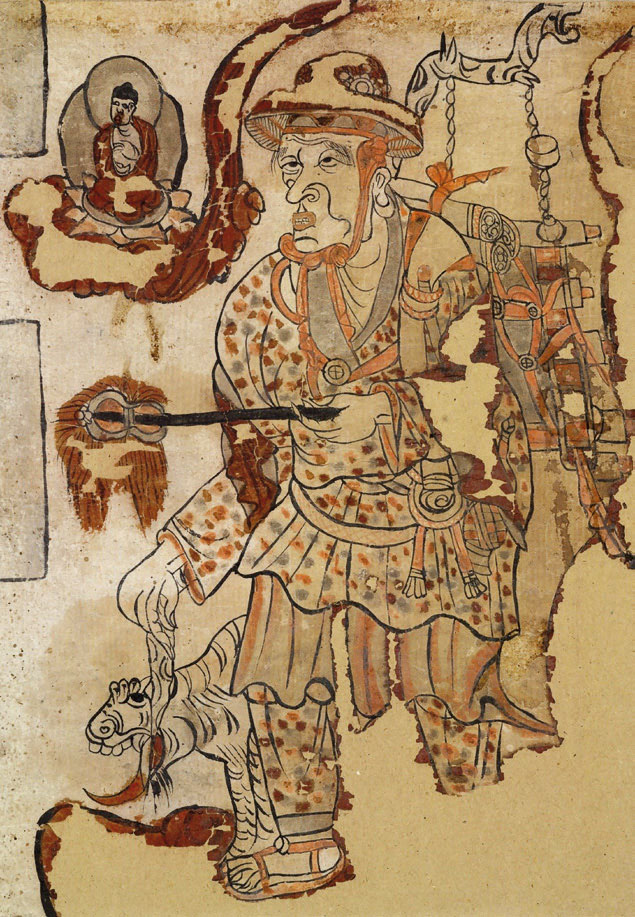India-China Links
<p>China’s connections to South Asia date back to the first millennium CE, when itinerant Buddhist monks, the circulations of ritual objects and commodities, and the rendition of Indic texts into Chinese led to the creation of unique linkages across the Asian continent. These connections and linkages continued, albeit transformed through commercial expansions and the spread of European colonial domination, during the second millennium. The opium trade and the wars that ensued triggered the formation of new networks of intellectual exchanges and the publication of a wide array of Indian and Chinese writings about each other in the late nineteenth and the early twentieth centuries.</p>
The visit of the Noble laureate Rabindranath Tagore to China in 1924 provided a significant impetus to these writings that were often framed within the context of pan-Asianism. New sites of interactions between Indian and Chinese intellectuals, such as Santiniketan, near Calcutta in India, and Shanghai in China, emerged during this period. It was also at this time that Chinese migrants started settling down in larger numbers in Calcutta and Bombay, and Indian traders expanded their businesses in Shanghai, Tibet, and Xinjiang.
These exchanges persisted into the 1950s with the establishment of the Republic of India and the People’s Republic of China as two new nation-states. The catch phrase ‘Hindi-Chini bhai-bhai’ [Indians and Chinese are brothers] was created to mark the end of imperialism and celebrate the beginning of decolonized brotherhood. Unfortunately though, territorial disputes and issues of national integration resulted in the India-China war of 1962, the trauma of which continues to define the contemporary relations between the ROI and the PRC. And it is within this context of unease, that many innovative projects aimed to foster people-to-people connections have been launched, or older programs revived.
This issue of China Connections reports on some of these initiatives. They include the visit of the Indian author Amitav Ghosh to China, the establishment of new centers of research, and the training of young scholars from the two countries. These initiatives are examples of new linkages and global connections of the twenty-first century.
Tansen Sen is the founding director of the Center for Global Asia at NYU Shanghai (ts107@nyu.edu).
